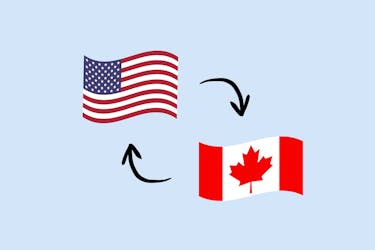
Scaling Up Successfully: 6 Key Insights from Pholicious Co-Founder Joseph Trousdale
Launched in 2021, the brand has seen tremendous growth, landing several retail and foodservice deals, and an investment from Kevin O’ Leary!

233 Suppliers Move to Next Phase of 7-Eleven’s Brands With Heart Selection Process
Selected brands will send samples to 7-Eleven’s Emerging Brands team for review and an opportunity to meet virtually with buyers

Beverage Brand Asarasi Wins Wakefern 2026 Local Wellness Supplier Summit
Asarasi’s products are expected to hit shelves in spring 2026 at Wakefern supermarket banners ShopRite, The Fresh Grocer and Morton Williams.

Authenticity Is Your Brand’s Best Asset When it Comes to Independent Retailers
Local retailers are more likely to champion a product that is genuine rather than one that is trendy

Cross-Border Insurance for CPG Brands: What It is & Why You Need It
Selling in the U.S. or Canada? Learn why CPG brands need cross-border insurance to expand safely and meet marketplace requirements.

How 7-Eleven’s Brands with Heart Brings Purpose-Driven Products to the Shelf
A Q&A with Louisa McCarty, Manager, 7-Ventures | 7-Eleven Emerging Brands

Unlocking Growth at Retail & Foodservice with Global Cuisine
PDG Insights’ Diana Sheehan shares how supermarket and restaurant operators can ride the wave of international food adoption

Core-Mark Curated Winner Unite Food Seeks to Shake Up the Protein Bar Aisle
This fast-growing brand has landed several accounts from her engagement with retail buyers on RangeMe

Command Attention at the Shelf with Purposeful Packaging
The goal of packaging design is not to decorate a box, but to deliver a message that cuts through the visual noise

Nicobi Foods is Proof That Success Happens When Preparation Meets Opportunity
Former detective and restauranteur Obi Linton brings all of his past skills to bear in driving success at retail as a CPG brand owner




